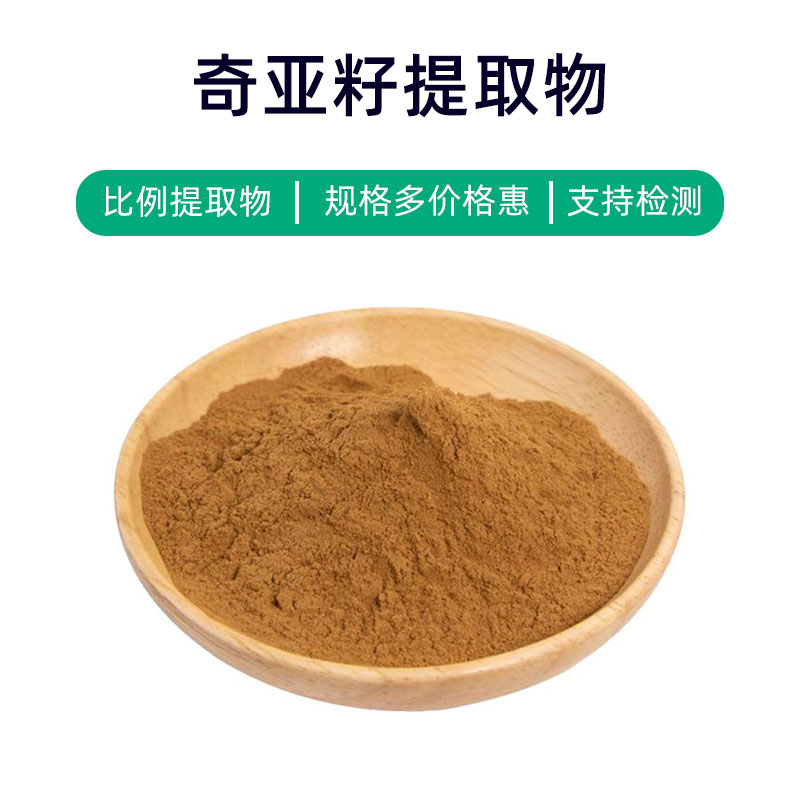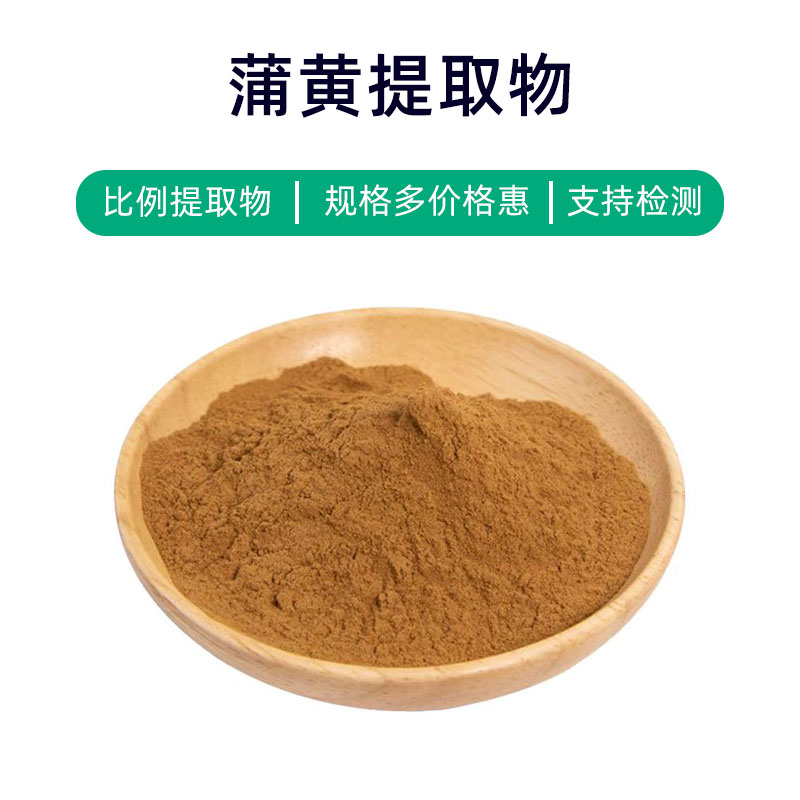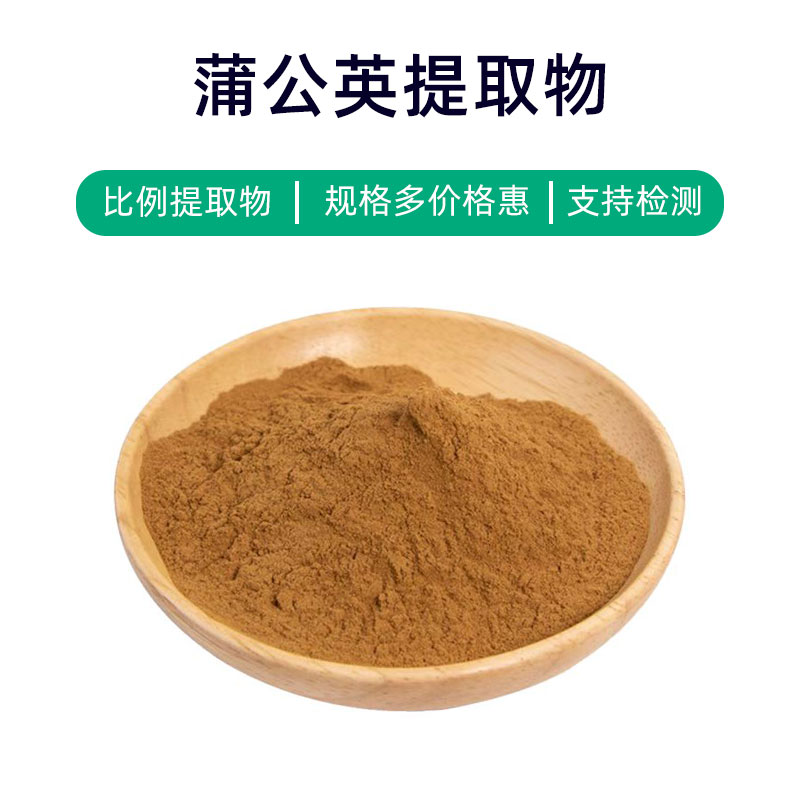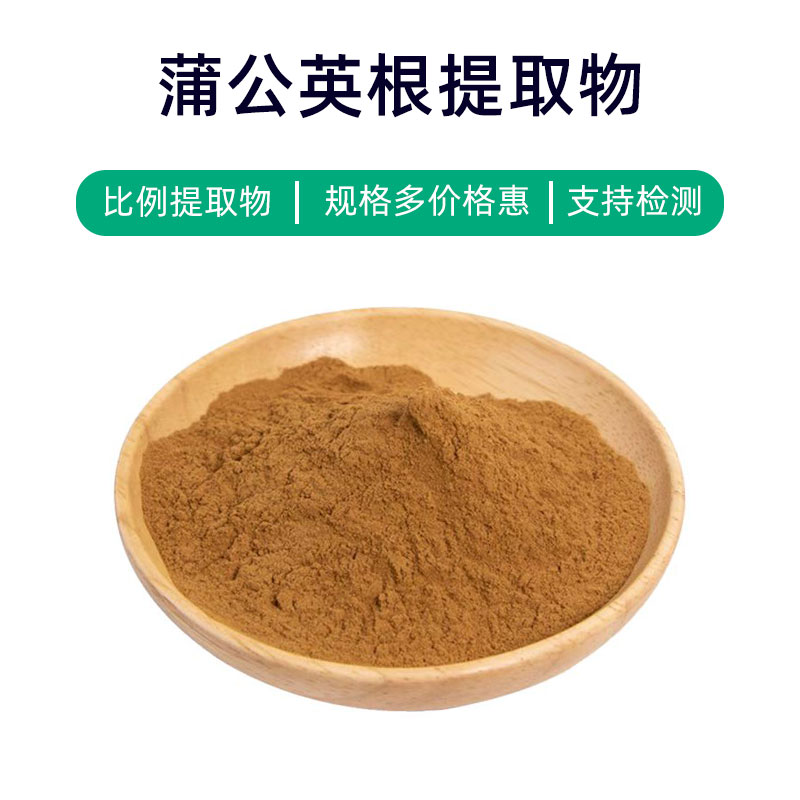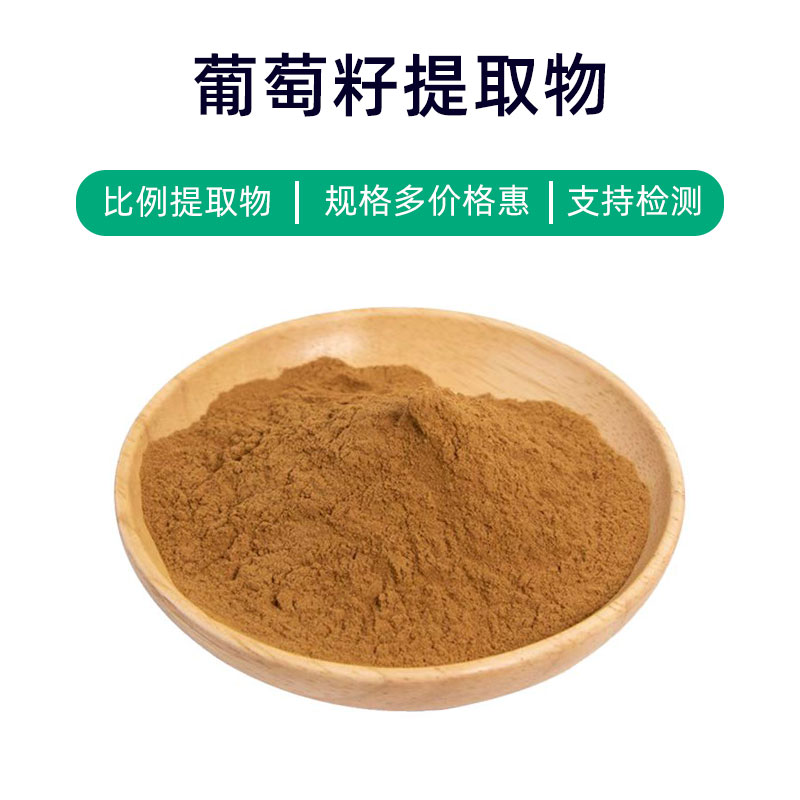Introduction to Prunella Extract
Prunella extract is derived from the above-ground parts of Prunella vulgaris, consisting mainly of bitter glycosides, polysaccharides, and flavonoids. These components give the extract various effects and application values.
Firstly, Prunella extract is widely used in medicine. The bitter glycosides it contains exhibit anti-inflammatory, antibacterial, and antioxidant effects, which can be used to prevent and treat various diseases. The polysaccharides help enhance immunity and have a regulatory effect on immune response. Flavonoids possess antioxidant and anti-inflammatory properties, contributing to improved health.
Secondly, Prunella extract is also used in the dietary supplement industry. Its rich nutritional components and medicinal value make it an ideal raw material for supplements. Common forms include capsules and tablets, useful for regulating the immune system and improving bodily resistance.
Additionally, Prunella extract is widely used in the cosmetics field. Its antioxidant, anti-inflammatory, and moisturizing effects are often added to skincare products to improve skin texture and alleviate sensitivity issues. It can be found in masks, lotions, serums, and other products.
In summary, Prunella extract is a natural plant extract with multiple effects and extensive application areas, including medicine, dietary supplements, and cosmetics.
Production Process of Prunella Extract
The manufacturing process of Prunella extract typically involves the following key steps:
- Raw Material Collection and Preparation: Fresh above-ground parts of Prunella are collected at the right season and growing conditions to ensure the quality and efficacy of active components. After collection, the plant is cleaned and pre-processed to remove impurities.
- Extraction Process: This is the core of Prunella extract production. Common extraction methods include water extraction, ethanol extraction, and supercritical fluid extraction. Water extraction is one of the most common methods, where the active components are dissolved in water through soaking, boiling, or steam distillation. The extraction conditions should be optimized based on the properties and requirements of the target components.
- Concentration and Separation: The extract solution typically needs to be concentrated to remove excess water, yielding a concentrated liquid. Various separation techniques (like centrifugation and membrane separation) can be employed to obtain the extract solution and residue.
- Refinement and Purification: The extract solution undergoes refinement and purification to remove impurities and unwanted components, enhancing the purity and quality of the extract. Methods like column chromatography and gel filtration may be used.
- Drying and Grinding: The obtained extract is dried to remove residual moisture, producing a dry extract. The dried extract can be crushed or ground to achieve the desired particle size and distribution.
- Packaging and Storage: Finally, the extract is packaged, usually in airtight containers to prevent moisture and oxidation. Storage conditions should comply with relevant standards to avoid direct sunlight, high temperatures, and humidity, ensuring the quality and stability of the extract.
In summary, the production process of Prunella extract includes steps like raw material collection and preparation, extraction, concentration and separation, refinement and purification, drying and grinding, and packaging and storage, each requiring strict control to ensure the final product's quality and safety.
Effects and Side Effects of Prunella Extract
As a herbal plant extract, Prunella extract is extensively used in traditional herbal medicine and has gained attention in modern medicine. Its main effects and benefits include:
- Anti-inflammatory Effects: Prunella extract is rich in bioactive components that exhibit clear anti-inflammatory effects, helping to suppress the occurrence and progression of inflammation and alleviating discomfort caused by inflammatory conditions.
- Immune Regulation: Studies have shown that Prunella extract can regulate the function of the immune system and enhance immunity, which aids in preventing and treating immune-related diseases.
- Antioxidant Properties: The extract contains abundant antioxidants, such as flavonoids and polyphenols, which can scavenge free radicals in the body, protecting cells from oxidative damage and delaying the aging process.
- Antibacterial Activity: Prunella extract shows certain antibacterial activities, inhibiting the growth of various bacteria and fungi, and helping to prevent and treat diseases caused by bacterial infections.
- Blood Sugar Lowering Effects: Some studies indicate that Prunella extract can lower blood sugar levels, which may assist in regulating glucose metabolism, providing supplementary treatment for diabetic patients.
- Antitumor Activity: Some research suggests that Prunella extract possesses certain antitumor properties, inhibiting the proliferation and metastasis of tumor cells and showing potential therapeutic effects against certain cancers.
Typically, Prunella extract has a good safety profile, but attention should be given to the following points during use:
- Individual Differences: Reactions to Prunella extract may vary among individuals; some may experience allergic reactions or adverse effects, warranting careful assessment before use.
- Dose Control: Users should manage dosage carefully to avoid excessive use, as this could lead to adverse reactions or drug interactions.
- Contraindications: Special populations, including pregnant women, nursing mothers, and children, should use Prunella extract cautiously and according to medical advice.
In summary, Prunella extract offers multiple effects, including anti-inflammatory, immune regulation, antioxidant, antibacterial, blood sugar lowering, and antitumor properties. However, careful dosage control and awareness of individual differences and contraindications are essential for safe and effective use.
Applications and Dosage of Prunella Extract
Prunella extract has wide applications in pharmaceuticals, food, and cosmetics due to its various effects and benefits, with different usage and dosage across sectors.
- Applications in Medicine:
- Oral Usage: Prunella extract is often used to prepare traditional Chinese medicine formulas, such as decoctions and pills, targeting respiratory diseases like colds, coughs, and bronchitis. Oral dosages typically range from 3 to 9 grams, taken 2-3 times daily.
- Topical Usage: It is also utilized in topical formulations like ointments and washes for treating skin diseases, eczema, and ulcers. The topical forms may appear as ointments, liquids, or sprays, applied to affected areas as needed, usually 1-3 times daily.
- Applications in Food:
- Health Supplements: Prunella extract can act as an additive in health products, aimed at regulating immune function and enhancing antioxidant capacity. Common forms include capsules and oral liquids, typically used as directed on the product label.
- Functional Foods: It can be incorporated into functional foods, such as Prunella-flavored gum and tea beverages, offering benefits like detoxification and cough relief.
- Applications in Cosmetics:
- Skincare Products: Prunella extract is frequently integrated into skincare products—masks, lotions, serums—helping to balance oil secretion, purify pores, and reduce the appearance of acne scars. Usage generally follows the product instructions, applying to clean skin and massaging gently until absorbed.
- Hair Care Products: It can also be added to shampoos and conditioners, promoting scalp cleansing and nourishing hair strands.
Applications and dosages of Prunella extract vary across different fields, so it is advisable to select the appropriate product and formulation according to specific situations and use strictly according to product directions or medical recommendations to ensure safety and efficacy.
Information on the Source Plant of Prunella Extract, Distribution, and Growth Environment
Prunella (scientific name: Prunella vulgaris L.) is a perennial herbaceous plant belonging to the Lamiaceae family. It is widely distributed in temperate and subtropical regions across Europe, Asia, North Africa, and North America, being a common wild plant.
Prunella thrives in a variety of environments, growing in habitats below 2000 meters elevation, including grasslands, roadsides, field edges, forest margins, and slopes. It is not demanding of soil quality, resistant to poor, dry conditions, and highly adaptable, making it common in the wild.
The plant features erect stems, opposite leaves that are ovate to lanceolate with serrated edges. Its flowers are arranged in dense spikes, presenting a tubular shape, primarily purple or light purple, typically blooming from summer to autumn. The fruit is a nut with oval-shaped seeds.
In herbal medicine, Prunella is widely utilized in traditional Chinese medicine and folk remedies, praised as the “king of herbs” for its effects on clearing heat and detoxifying, reducing swelling and dispersing masses, and stopping bleeding and relieving pain. It is also a common Chinese herbal material, with the dried above-ground parts used to treat symptoms like sore throat, boils, and heat-related painful urination.
Additionally, Prunella has some culinary value, with its tender leaves being consumable as wild greens, helping with detoxification and diuretics. In folk medicine, Prunella is used for brewing herbal teas, commonly for detoxification and lung relief.
Overall, Prunella, as a common wild plant, has a wide source, strong adaptability in growth environments, and abundant medicinal and culinary value, extensively employed in traditional medicine, folk remedies, and food.
Processing and Storage of Prunella Extract
The processing of Prunella extract typically includes collection, cleaning, drying, grinding, extraction, etc. Initially, fresh Prunella is collected, impurities are removed, and it is properly washed. Afterwards, the cleaned Prunella is dried to ensure the stability of its medicinal components. Following this, the plant is ground or extracted to obtain the extract. Finally, the extract is filtered, concentrated, dried, and processed to yield the final Prunella extract.
To maintain the quality and stability of the Prunella extract, it should generally be stored in a dry, cool, and ventilated environment, avoiding direct sunlight and humidity. Additionally, the extract should be sealed to prevent moisture and contamination. Under proper storage conditions, Prunella extract can maintain a long shelf life, ensuring its medicinal value and safety.
Monica Sun is a seasoned expert in the plant extraction industry with over a decade of experience in research and production. She specializes in the extraction and purification of plant active ingredients, focusing on driving innovation in natural product applications. Monica has participated in the development of multiple functional plant extracts, delivering high-value natural raw material solutions for the health food, pharmaceutical, and dietary supplement sectors.









